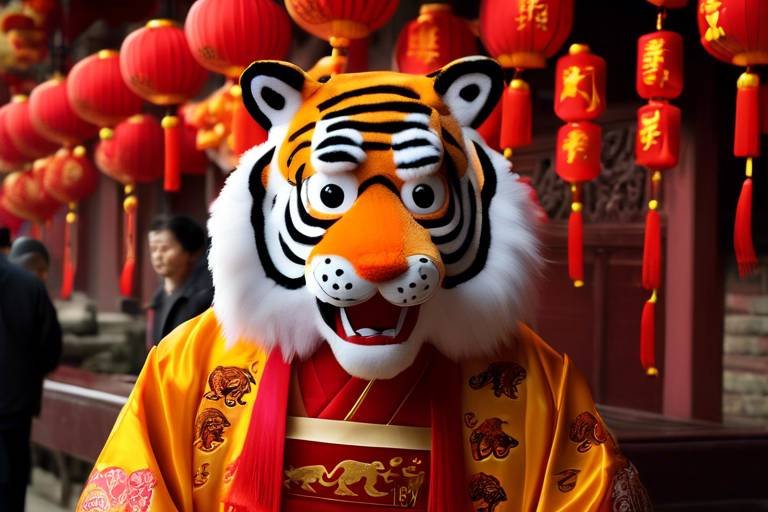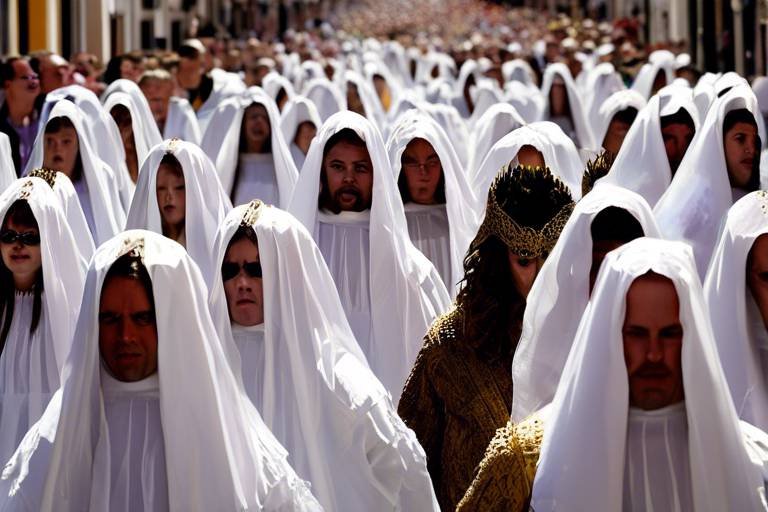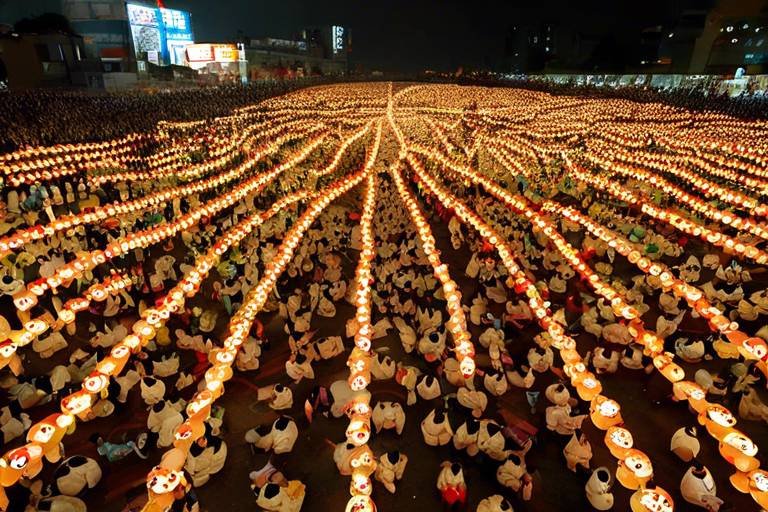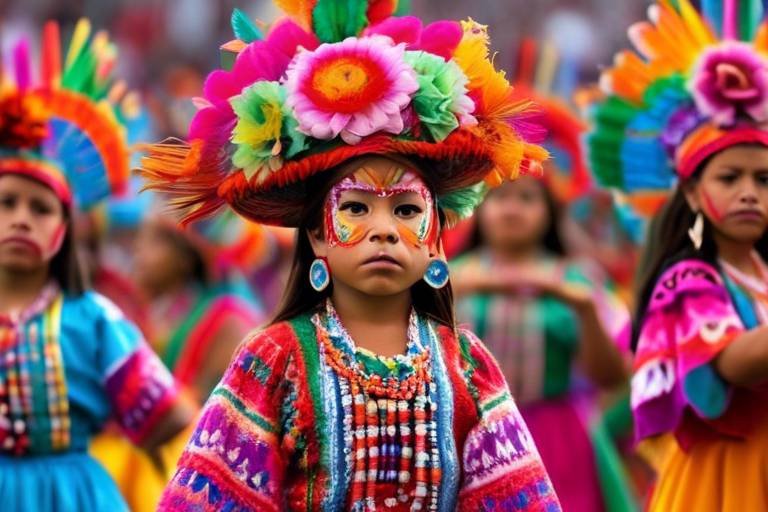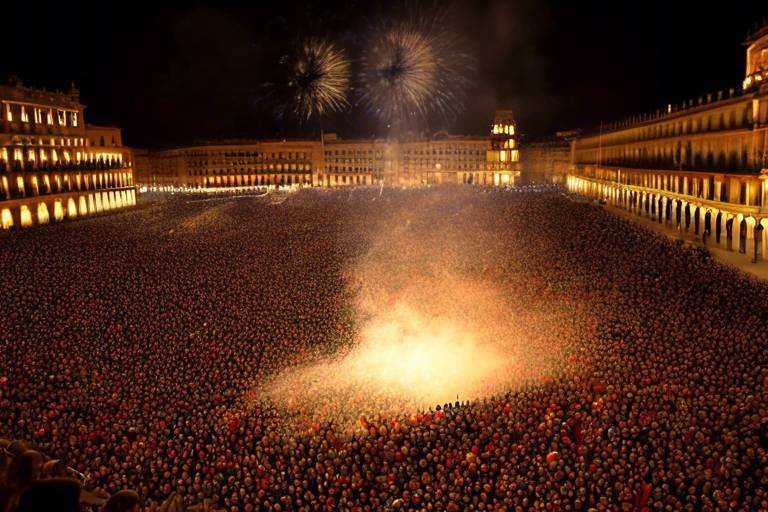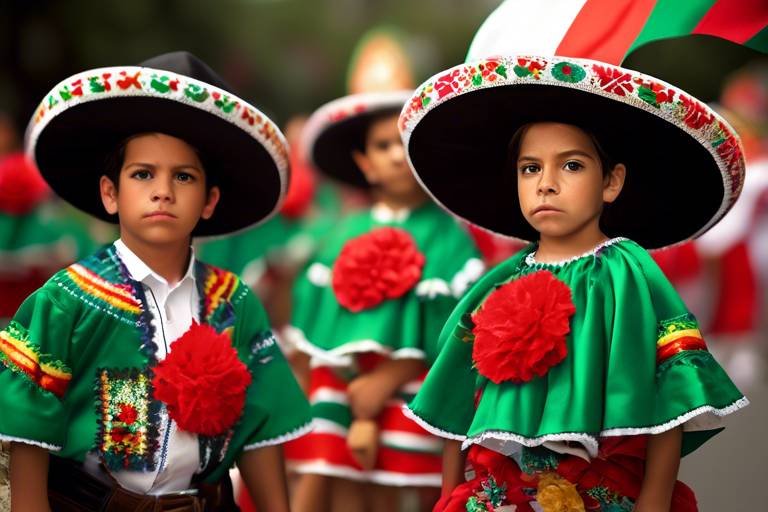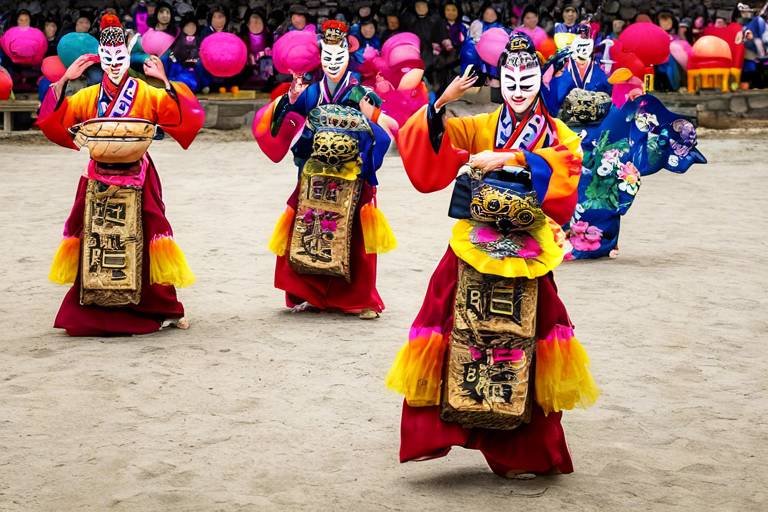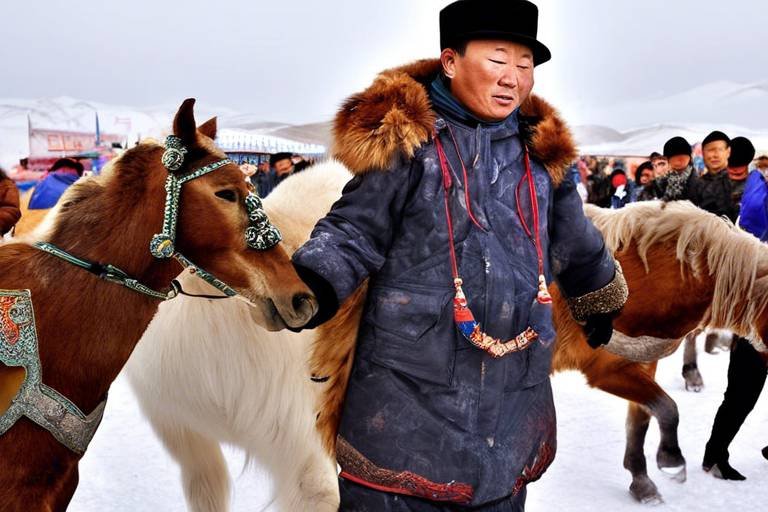The Whirling Dervishes of Turkey - A Mystical Dance of Faith
The Whirling Dervishes of Turkey perform a mesmerizing dance that transcends mere movement, embodying a spiritual journey of faith and devotion. This mystical tradition, deeply rooted in Sufi spirituality, captivates both the eyes and the soul of those who witness it. The swirling motions of the Dervishes symbolize a cosmic dance, a connection to the divine, and a path to enlightenment.
Originating from the teachings of the renowned 13th-century poet and mystic, Rumi, the Whirling Dervishes have a rich history that dates back centuries. Their dance is not merely a performance but a sacred ritual, a form of worship that aims to achieve spiritual union with God. Each twirl, each step, is a prayer in motion, a way to reach a higher state of consciousness.
At the core of the Whirling Dervishes' practice lies the philosophy of Sufism, a mystical branch of Islam focused on inner purification and the quest for divine love. Through their spinning movements, the Dervishes seek to let go of earthly distractions, to transcend the self, and to connect with the universal energy that flows through all beings.
Donned in flowing white robes and tall hats, the Whirling Dervishes' attire holds deep symbolic significance. The white represents purity and simplicity, while the hat symbolizes the tombstone of the ego, signifying the death of the self and the rebirth into a spiritual existence.
Accompanied by traditional Sufi music, the Whirling Dervishes enter a trance-like state, guided by the hypnotic melodies of the Ney, a reed flute that evokes a sense of transcendence and ecstasy. The music sets the rhythm for their dance, leading them on a spiritual journey of surrender and devotion.
Despite the passage of time, the tradition of the Whirling Dervishes continues to inspire and captivate audiences around the globe. Their dance, once confined to the mystical realms of Sufi lodges, has now transcended borders, becoming a symbol of spiritual unity and artistic expression.
As the world embraces modernity and globalization, the challenge remains to preserve the authenticity and sanctity of the Whirling Dervishes' tradition. Balancing the demands of spiritual tourism with the need for cultural preservation is a delicate dance in itself, requiring a deep respect for the roots and essence of this mystical practice.
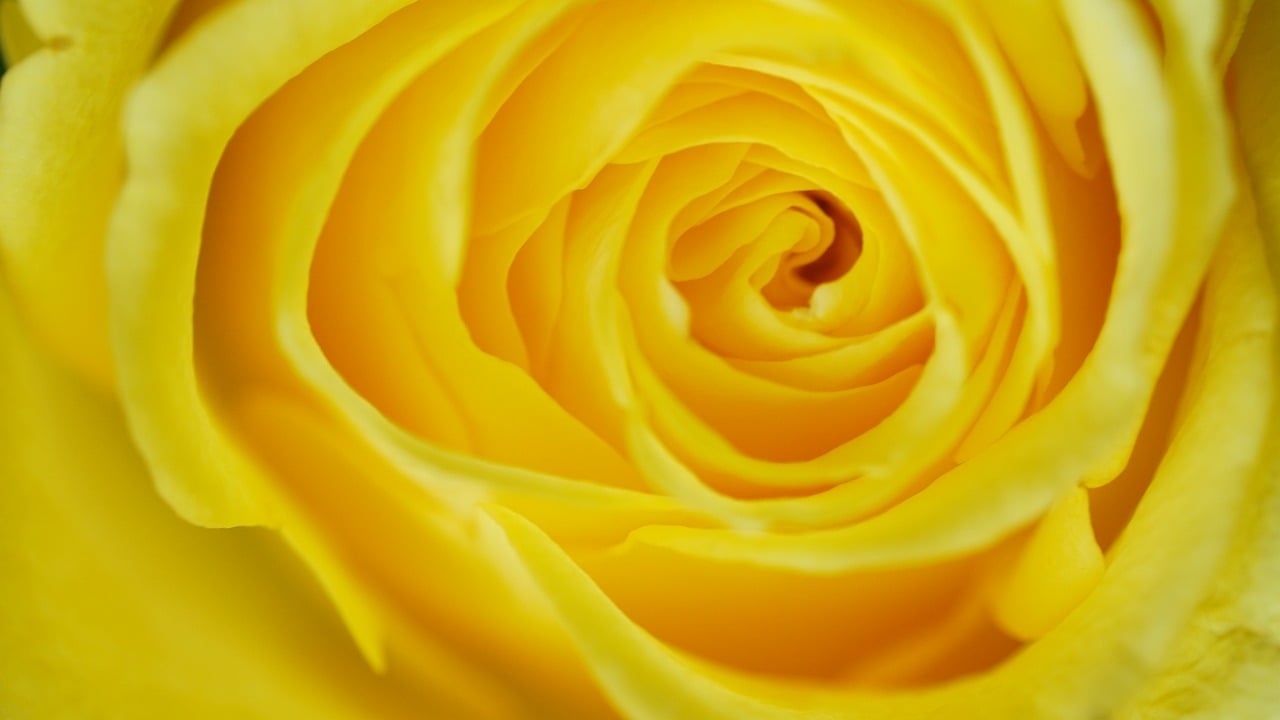
History of the Whirling Dervishes
The history of the Whirling Dervishes is a fascinating journey that dates back centuries, originating from the teachings of the renowned 13th-century poet and mystic, Rumi. Rumi, also known as Mevlana, founded the Mevlevi Order in Konya, Turkey, which later became synonymous with the Whirling Dervishes. The mystical dance of the Whirling Dervishes is deeply rooted in Sufi spirituality, emphasizing the concept of divine love and union with the divine.
Rumi's poetry and teachings inspired his followers to express their devotion to God through music, dance, and meditation. The Whirling Dervishes, also known as Mevlevis, adopted the practice of spinning as a form of prayer and meditation, aiming to reach a state of spiritual ecstasy and transcendence. The circular motion of their dance symbolizes the journey of the soul towards spiritual enlightenment.
Over the centuries, the tradition of the Whirling Dervishes has evolved and spread beyond Turkey, gaining recognition as a unique form of spiritual expression. The mesmerizing movements of the dancers, clad in flowing white robes and tall hats, continue to captivate audiences around the world, transcending cultural boundaries and inspiring awe and reverence.
The history of the Whirling Dervishes is a testament to the enduring power of spiritual devotion and the universal language of music and dance. Through their mystical performances, the Whirling Dervishes carry on the legacy of Rumi and the rich tradition of Sufi mysticism, inviting audiences to experience the beauty and transcendence of their sacred art.

Sufism and Spiritual Practices
Sufism is a mystical branch of Islam that focuses on the inward search for God and the cultivation of spiritual depth. It emphasizes the personal experience of the divine and the union of the individual soul with the universal soul. Sufism is not confined to rituals and practices but encompasses a way of life that promotes love, compassion, and selflessness.
Central to Sufi spiritual practices is the concept of dhikr, the remembrance of God through prayer, meditation, and chanting. This practice aims to purify the heart and mind, enabling the seeker to transcend the material world and connect with the divine. Through dhikr, Sufis seek to attain spiritual enlightenment and inner peace.
Another key aspect of Sufism is the idea of spiritual guidance through a master-disciple relationship. Sufi masters, known as sheikhs or murshids, provide spiritual guidance and mentorship to their disciples, helping them navigate the spiritual path and overcome inner obstacles. This relationship is based on trust, surrender, and the transmission of spiritual knowledge.
Sufism also places a strong emphasis on the practice of selflessness and service to others. Sufis believe that by serving humanity and showing kindness and compassion to all beings, they can manifest the divine qualities of love and mercy in the world. This selfless attitude is seen as a way to purify the ego and cultivate humility.
Overall, Sufism offers a rich tapestry of spiritual practices and teachings aimed at deepening one's connection to God and attaining spiritual realization. It provides a path for seekers to explore the depths of their inner being, transcend the limitations of the ego, and experience the divine presence in every moment.

The Whirling Ritual
The Whirling Ritual is the heart and soul of the mesmerizing tradition of the Whirling Dervishes in Turkey. This sacred dance is not merely a performance but a profound spiritual practice that symbolizes the cosmic journey of the soul towards enlightenment. As the Dervishes whirl in a trance-like state, their flowing white robes billow around them, creating a captivating visual spectacle that mirrors the eternal rotation of the universe.
At the core of the Whirling Ritual lies the concept of surrender and submission to the divine. The spinning motion of the Dervishes represents a form of meditation aimed at attaining a state of spiritual ecstasy and connection with the divine presence. Each rotation is a step closer to transcending the self and reaching a heightened state of consciousness where the boundaries between the individual and the universal dissolve.
The Whirling Ritual is not just a physical act but a profound spiritual experience that requires discipline, devotion, and inner focus. Through the repetitive spinning motion, the Dervishes seek to let go of earthly attachments and ego, allowing themselves to be guided by the divine energy that flows through them. It is a practice of complete surrender to the divine will, a symbolic journey towards spiritual enlightenment and union with the ultimate reality.

Traditional Attire and Symbolism
When it comes to the Whirling Dervishes, one cannot overlook the significance of their traditional attire and the deep symbolism it carries. The flowing white robes worn by the Dervishes symbolize purity and simplicity, reflecting their detachment from worldly possessions and their focus on spiritual enlightenment. Additionally, the tall hats known as sikkes represent the Dervishes' tombstone, signifying their ego's symbolic death and their rebirth into a spiritual journey.
The attire of the Whirling Dervishes is not merely a costume but a visual representation of their spiritual journey and devotion to God. The white color of their robes signifies the purity of their intentions and actions, while the spinning movements they perform in this attire symbolize their spiritual ascent towards the divine. Each aspect of their outfit holds a profound meaning that adds depth and richness to their mesmerizing dance.

The Role of Music in the Dance
Music plays a fundamental role in the mesmerizing dance of the Whirling Dervishes, guiding their movements and enhancing the spiritual experience for both performers and spectators. The rhythmic melodies of traditional Sufi music create a hypnotic ambiance, setting the pace and mood for the swirling ritual. As the Dervishes spin in perfect harmony, the music acts as a spiritual conductor, leading them into a trance-like state of devotion and connection to the divine.
One of the key instruments that accompany the Whirling Dervishes' performance is the Ney, a mystical reed flute with a hauntingly beautiful sound. The Ney is believed to symbolize the human soul's longing for spiritual fulfillment, and its ethereal tones evoke a sense of transcendence and inner peace. As the Dervishes twirl to the enchanting melodies of the Ney, they are transported into a realm beyond the physical, where the boundaries between the self and the divine blur into a unified existence.
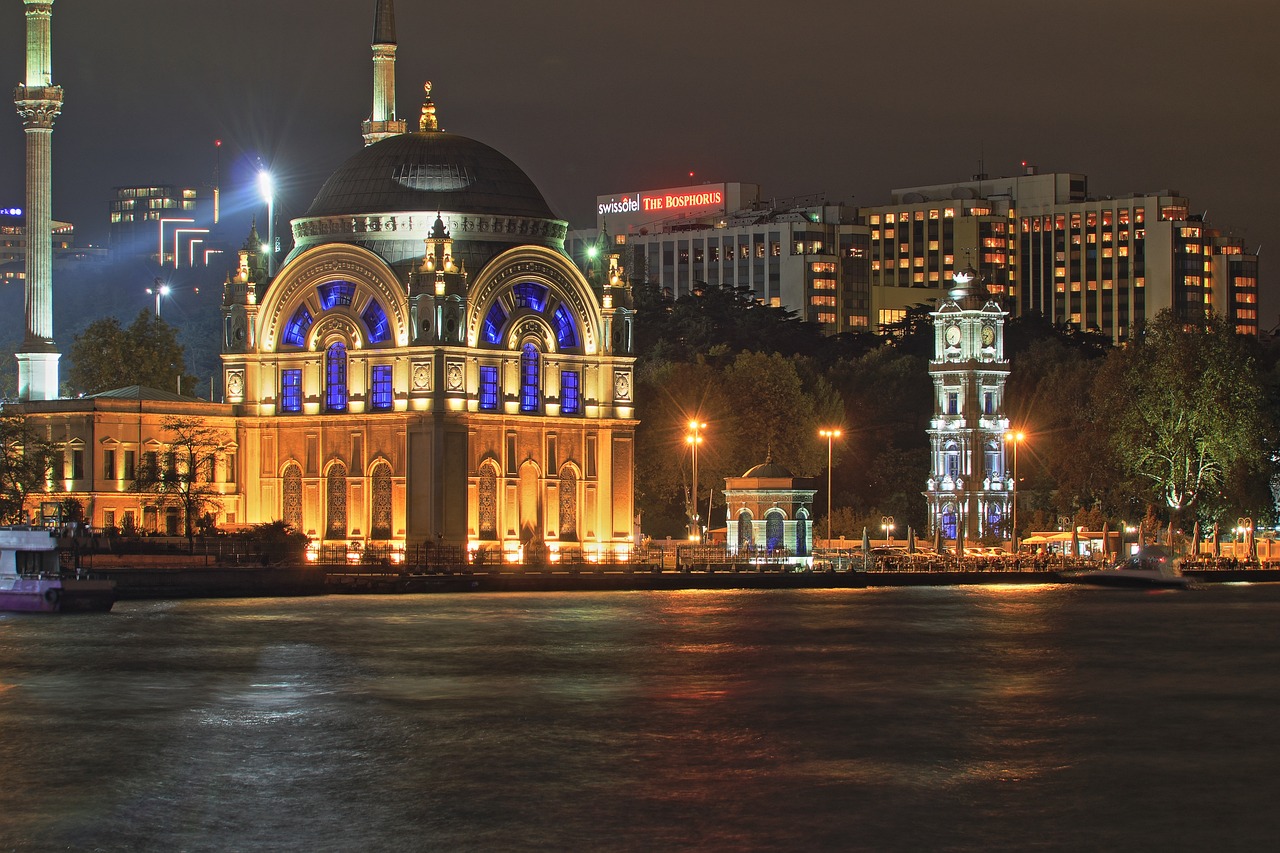
The Ney Instrument
The Ney, a mystical and ancient reed flute, holds a central place in the mesmerizing rituals of the Whirling Dervishes. This instrument is not merely a tool for creating music but a vessel for spiritual transcendence, guiding both the musicians and the dancers into a state of divine connection. The hauntingly beautiful sound of the Ney is said to evoke the soul's longing for the divine, carrying the listeners on a journey of introspection and enlightenment.
Traditionally crafted from a specific type of reed, the Ney is believed to symbolize the human soul and its yearning for reunion with the divine. The process of making a Ney requires meticulous craftsmanship and a deep understanding of the spiritual significance embedded in each component of the instrument. When played by a skilled musician, the Ney's haunting melodies are said to pierce through the barriers of the material world, leading the listeners towards a state of spiritual awakening.
During the Whirling Dervishes' performances, the Ney plays a crucial role in setting the rhythm and guiding the dancers in their whirling movements. The hypnotic tunes of the flute create a meditative atmosphere, allowing both the performers and the audience to transcend the boundaries of the physical realm and enter a state of spiritual ecstasy. The Ney's melodic lines intertwine with the dancers' spinning motions, forming a harmonious union of sound and movement that embodies the essence of Sufi mysticism.
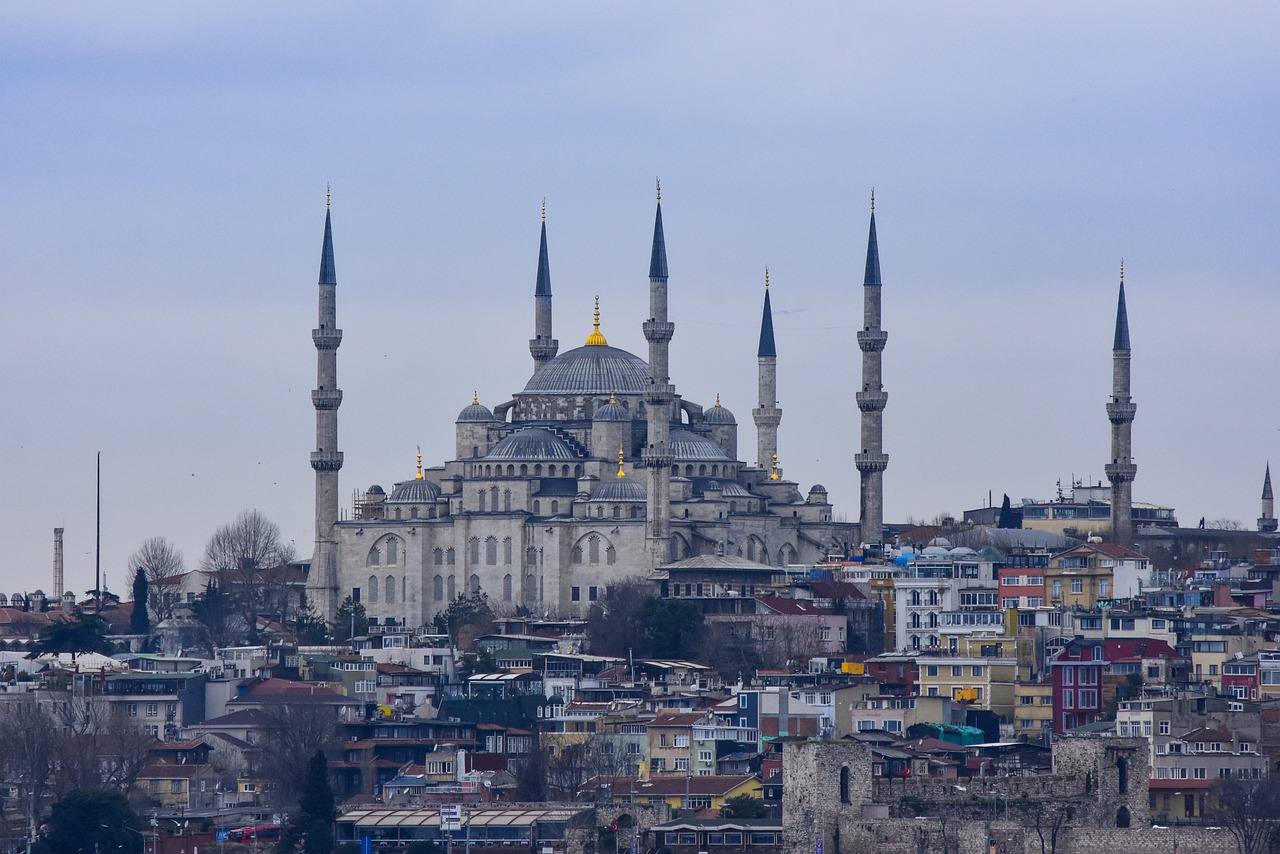
Modern Interpretations and Global Influence
As the world evolves, so too does the ancient tradition of the Whirling Dervishes. In today's globalized society, the mesmerizing dance of the Dervishes has transcended cultural boundaries, captivating audiences from diverse backgrounds. The spiritual depth and meditative aura of the Whirling Ritual have found resonance with people around the world, resonating with those seeking spiritual enlightenment and inner peace.
Contemporary artists and performers have embraced the essence of the Whirling Dervishes, incorporating elements of this mystical dance into modern interpretations. Through innovative choreography and fusion with other art forms, the timeless message of spiritual devotion and unity continues to inspire new generations. The global influence of the Whirling Dervishes serves as a testament to the enduring power of faith and artistic expression.
Moreover, the rise of spiritual tourism has further propelled the reach of the Whirling Dervishes beyond their traditional homeland. Travelers flock to Turkey and other countries to witness the sacred dance firsthand, immersing themselves in the rich tapestry of Sufi spirituality. This influx of visitors not only sustains the cultural legacy of the Dervishes but also fosters cross-cultural dialogue and understanding.
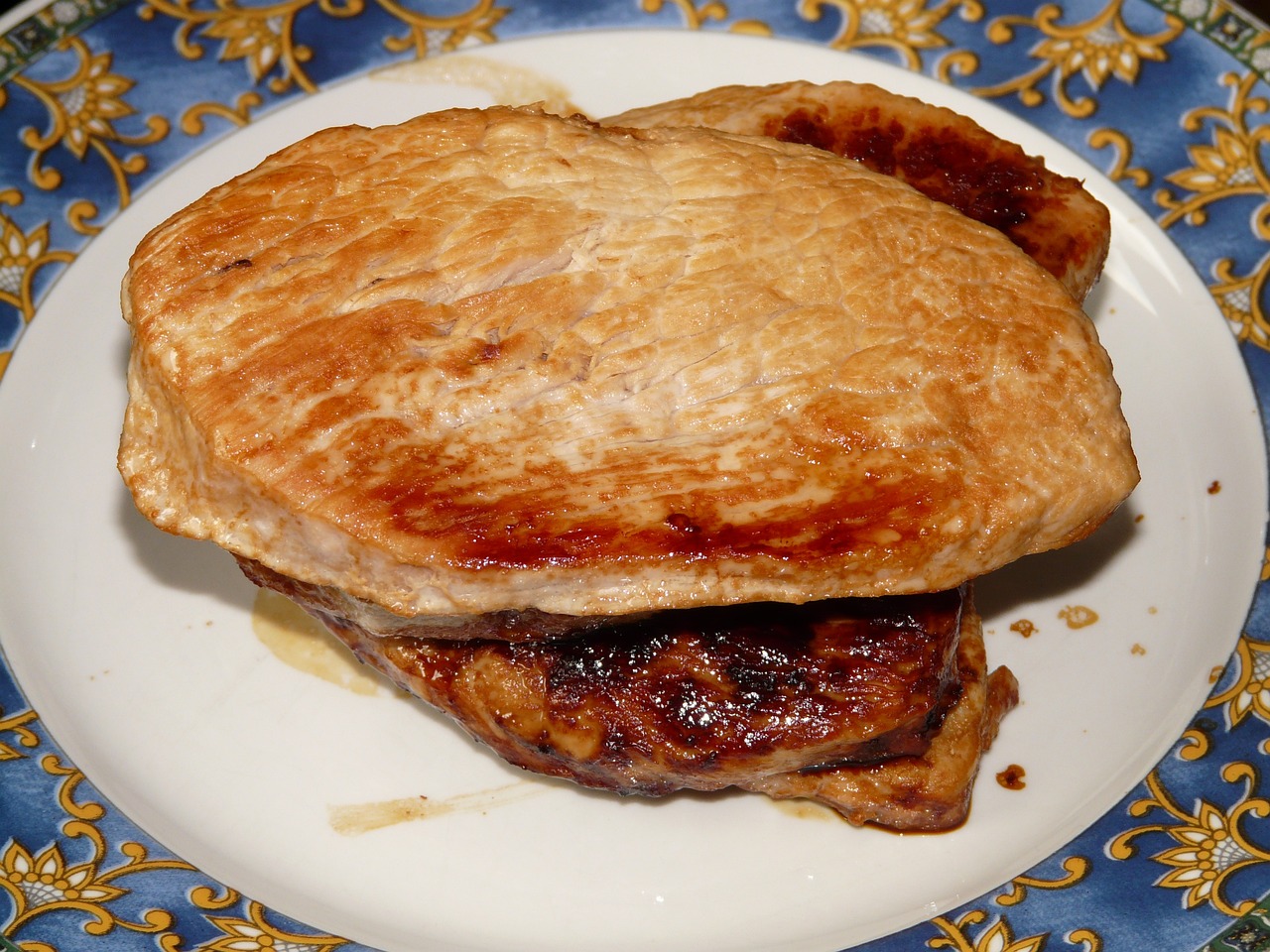
Spiritual Tourism and Cultural Preservation
Spiritual tourism and cultural preservation play crucial roles in maintaining the authenticity and sanctity of the Whirling Dervishes' tradition amidst the challenges of modernization and increasing tourism demands. As more visitors flock to witness the mesmerizing dance performances, there is a delicate balance that needs to be struck between sharing this spiritual practice with the world and safeguarding it from commercialization and distortion.
Efforts are being made to promote responsible tourism that respects the sacred nature of the Whirling Dervishes' rituals. Local communities and authorities are implementing measures to ensure that performances are conducted in a respectful manner, preserving the spiritual essence of the practice. By engaging in sustainable tourism practices, the aim is to protect the sanctity of the tradition while allowing visitors to experience its beauty and significance.
Cultural preservation initiatives focus on educating both locals and tourists about the historical and spiritual significance of the Whirling Dervishes. Museums, cultural centers, and educational programs aim to raise awareness about Sufi traditions and the importance of preserving them for future generations. Through these efforts, the rich heritage of the Whirling Dervishes is safeguarded from being diluted or misrepresented in the face of modern influences.
Frequently Asked Questions
- What is the significance of the Whirling Dervishes' spinning movements?
The Whirling Dervishes' spinning movements hold symbolic significance representing the mystical journey of spiritual ascent towards God. It is a form of meditation and a way to reach a trance-like state, aiming to detach from worldly distractions and focus solely on divine connection.
- Why do the Whirling Dervishes wear flowing white robes and tall hats?
The traditional attire of the Whirling Dervishes carries deep symbolism. The white robes symbolize purity and the ego's surrender to the divine, while the tall hats represent the tombstone of the ego, signifying the death of the self and the rebirth into a spiritual existence.
- How does music contribute to the Whirling Dervishes' ritual?
Music plays a crucial role in guiding the Whirling Dervishes' movements and enhancing the spiritual experience. The rhythmic beats and melodies of traditional Sufi music create an atmosphere conducive to trance-like states, aiding the Dervishes in their journey of spiritual transcendence.
- What challenges do the Whirling Dervishes face in preserving their tradition?
The Whirling Dervishes encounter challenges in maintaining the authenticity of their tradition amidst modernization and the demands of tourism. Balancing the need for cultural preservation with the pressures of commercialization and external influences poses a significant challenge to safeguarding their spiritual heritage.




